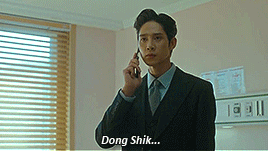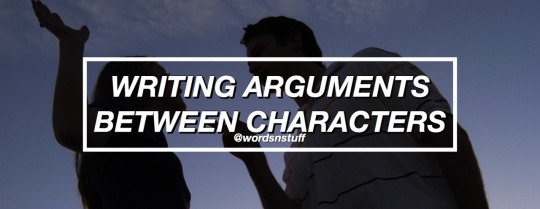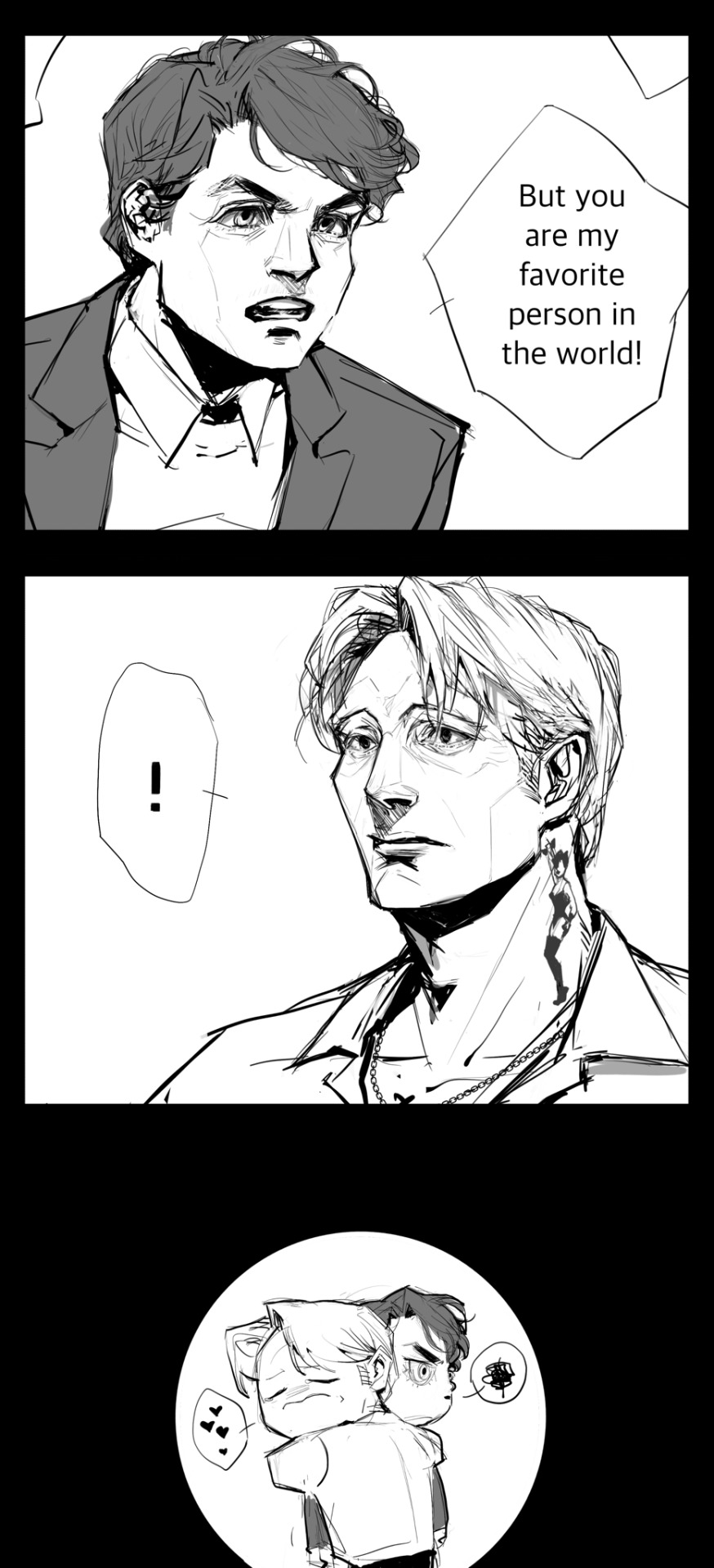Photo








Seo In Woo, Yook Dong Shik, and taking things out of context for the hell of it.
470 notes
·
View notes
Text
Writing Arguments Between Characters

– Arguments in books are some of the most pivotal and important scenes in a narrative, but they’re also some of the most difficult because fights, in the moment, can seem much more dramatic in our heads than they would seem to an outsider. The great thing about writing is that you have the option to add context you wouldn’t have otherwise, which puts the reader in the characters’ heads and into the heat of the moment. I decided it was worth an article because it’s a very hit or miss kind of scene to pursue and I’ve received a lot of questions on the subject, so I’d like to answer (most of) them here. Enjoy!
Instigation
Which character began the fight? Sometimes fights start days before they actually turn into a heated argument, so if there is a build up to the scene, make sure you’ve taken the time to make that clear in the last couple scenes or chapters.
Sometimes, it isn’t actually clear to the characters what or who started the argument and it just sort of bubbles up over time or as events make the characters more confused, angry, scared, etc.
That’s another thing you need to know before you start writing an argument: what emotion is driving the characters to participate? Fear? Anger? Confusion? Sadness? Frustration? Tiredness? Repression of past feelings? Betrayal? In order to make the characters argue believably, you need to be in their headspace, and you can only do that if you know why they’re fighting in the first place.
Tone and pace
Build up
In order for an argument to be impactful to the reader, there needs to be some substantial escalation. Fights are like stories. There’s something that starts it, there’s rising tension, there’s a climax, and then there’s a cool down period before the resolution. Focus on the way you do the rising action especially, because the climax of the argument should be an “oh sh*t” moment.
Dialogue & Interraction
There are different types of arguments people can have. There’s the slow burn ones that the reader knows are coming, but are still really jarring when they come to pass. There are also the ones that seem like they’re out of nowhere if you don’t have context, but to someone who has been following maybe the past few days of the two people’s lives, they can tell that the actual subject of conflict isn’t what they’re really fighting about, but a deeper underlying issue they’ve both been struggling with. There are many ways an argument can go and feel to a reader, but a huge part of the subtext is how the two characters interact.
If your characters are screaming about a dish that was put away wet and left a ring on the stained cabinets, it will be fairly obvious to the reader, as that sort of interaction, at surface level, wouldn’t serve much of a story-telling purpose, and therefore will lead the reader to assume there’s more to it and search their arsenal of contextual evidence to find the real source of tension between the characters. This can also be accomplished through clues in dialogue, such as sarcasm in response to when something relating to the actual issue is mentioned, or a lull in the argument when the two characters realize that they’re not really talking about a stupid bowl, are they?
Resolution
How the argument ends could be used to shift where the reader believes the story is going from there on. The end could be very insignificant to your story, as fights between characters are often used to get across some key information about characters or context or introduce new conflicts, which brings up my next point.
Integration
Arguments are a really good opportunity to integrate lots of important information for your reader in a way that shows instead of telling. You can use arguments to relay lots of information to your reader, such as:
Character tendencies
Relationships between characters
Smaller conflicts
Foreshadowing
Associations that will be useful in future scenes
Shifts in tone
Changes in the direction of the story
Underlying issues that might come up later
and many more.
Some General Tips To Keep In Mind
Always ask yourself “would so and so really do this?”
During arguments, people’s responses will often be blended with their reactions. Their face will be shocked and their words will be sharp. Try to include these little mixes in order to make the pace faster and more suspenseful.
Most large arguments start with something smaller and less significant
A lot of the time, the reactions won’t be like “i can’t believe he said that to me”, they’ll be defensive and/or a shot back without much thought.
Most arguments, especially between two characters who generally like each other, will end with something like one person walking out of the room, one person deciding to sleep on the couch, or one person avoiding or ignoring the other. Most fights between characters who know and matter to each other don’t end with a punch in the face.
Arguments don’t usually end when they’re no longer yelling at each other.
Support Wordsnstuff!
If you enjoy my blog and wish for it to continue being updated frequently and for me to continue putting my energy toward answering your questions, please consider Buying Me A Coffee.
Request Resources, Tips, Playlists, or Prompt Lists
Instagram // Twitter //Facebook //#wordsnstuff
FAQ //monthly writing challenges // Masterlist
6K notes
·
View notes
Text

I've been writing a Pusher II x Adam x Charlie Countryman fanfiction under the assumption that Gry and Tonny were siblings and I just found out THEY'RE FUCKING NOT?!??!? I just hallucinated a few lines that validated my own headcanon holy shit
Now I'm wondering whether I should scrap the scenes and rewrite them entirely (sounds exhausting. I don't want to do it) or should I just AU it...
2 notes
·
View notes
Text
Change For Me - Chapter 1
“Hej.”
Adam wonders which one he should tally between the two boards he’s been eyeing.
“Hej. Er du döv, eller hvad?”
He startles, plucked harshly from the focused thinking he’s doing. He looks to the side and sees a familiar-looking man with a shaved head, wearing a black graphic sweater. There’s a baby on his hip, staring wide-eyed at Adam.
“H-hello,” he says.
The man says something in Danish, glancing down at Adam’s pants for a moment before looking expectantly at him.
Adam doesn’t know what the stranger wants from him. “I don’t understand.” The stranger looks frustrated at that and Adam wonders if he’d said something wrong. So he clarifies, “I can’t speak Danish.”
“You have any money?” the man asks.
“Yes…” he replies, frowning in thought. He wonders why he wouldn’t have if he’s at the store.
“Can you give me some?”
Oh. Adam computes the money he has on him at the moment. He has a budget in his head for the corkboard, and after he purchases that, he has a bit left in his wallet.
“Well, I still have to buy a corkboard,” he says. “B-but I can give you something after I buy it.”
4 notes
·
View notes


